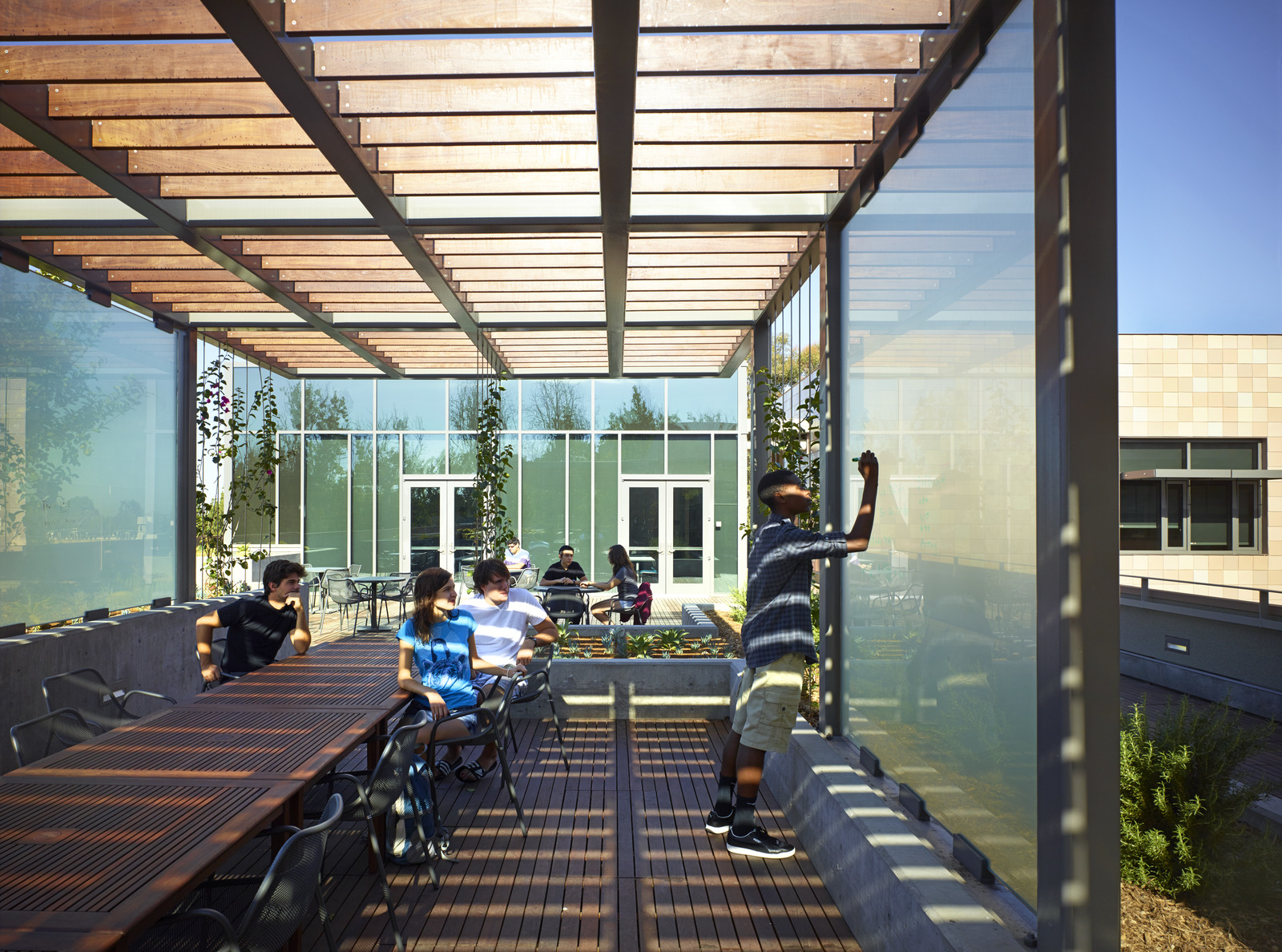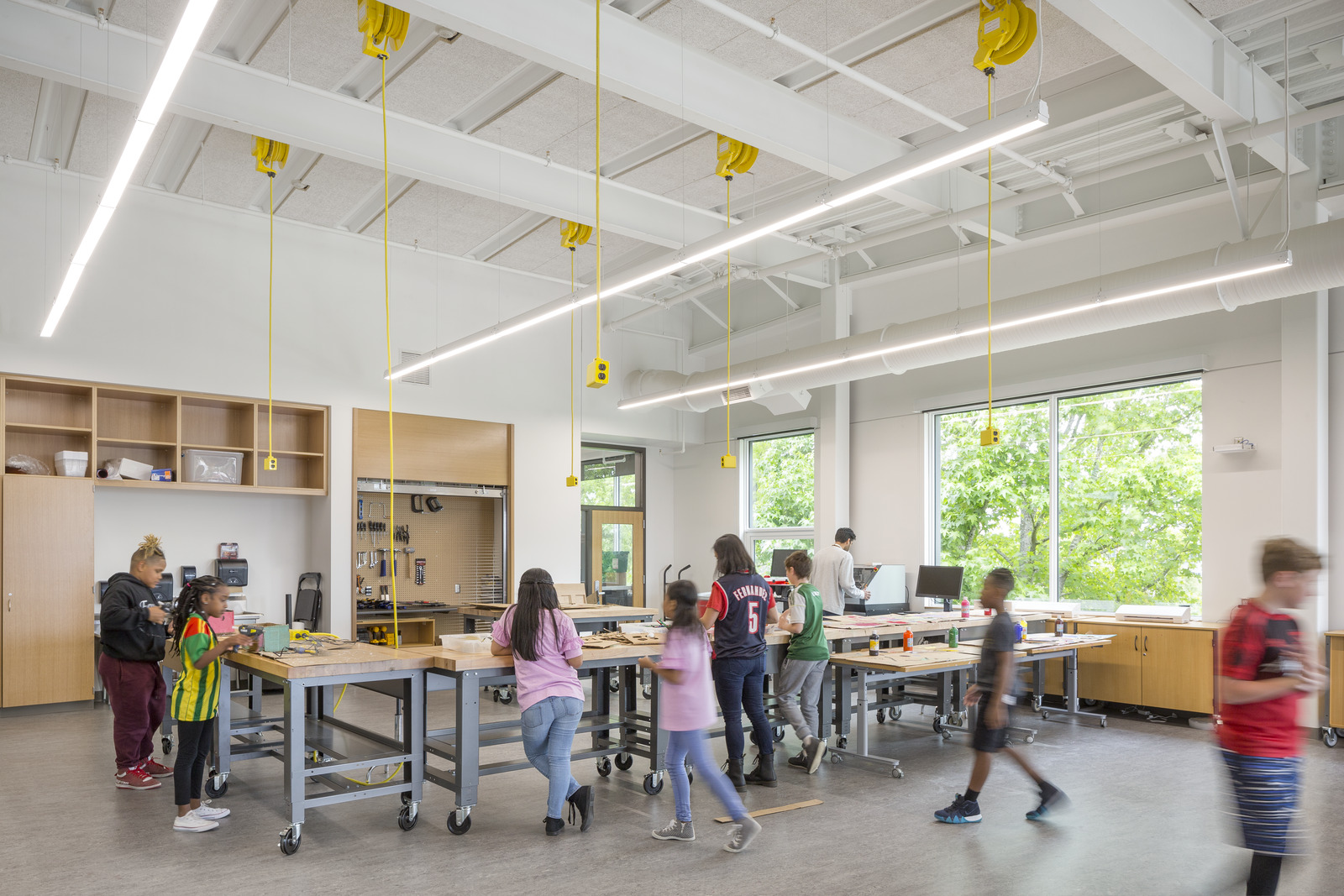



06.08.22
For all the health advice out there, the scientific consensus is fairly settled on what constitutes a healthy diet: “Eat food. Not too much. Mostly plants.” This truism, popularized by Michael Pollan, can provide high-level direction on how to choose meals that support a healthy lifestyle, but much nuance remains. What is meant by “food”? How should we interpret “mostly” or “not too much”?
Healthy buildings can be thought of in much the same way. The high-level guidelines are well established, but it is often the nuances in the approach that separate an everyday space from one that functionally supports human thriving. Thermally comfortable environments that deliver clean air, quality daylight, fine-tuned acoustics, and a connection to the natural world represent the goalposts. Achieving these qualities with sustainably produced building materials and without toxins is what leads to truly healthy buildings.
To realize these goals, design choices matter. Everyday decisions can affect the health of a building’s occupants, as well as the health of all the people impacted by the building’s existence: those who create its materials, construct it, operate it, and ultimately deconstruct it. But what constitutes quality indoor air, safe materials, or a connection to nature? The nuances that go beyond the high-level direction are key to achieving the best outcomes.
First, appropriate ventilation is essential in an occupied zone. When outdoor conditions are better than those inside a building, the most effective and inexpensive ventilation method is opening a window. All occupiable buildings need to have operable windows in addition to ventilation systems that are designed for abundant and robustly filtered fresh air. In addition, building materials cannot be a source of indoor emissions or other pollutants that can be breathed, ingested, or absorbed. This requires thorough knowledge of each material’s ingredients and their potential health effects. Furthermore, thoughtfully integrated biophilic elements, such as visual and non-visual connections to the outdoors, are known to improve occupants’ psychological health, enhance learning, and increase productivity.
Our choices must also consider broader environmental impact and the potential for circularity. For example, while some material choices might be considered “safe” for building occupants in terms of toxins, they may still have devastating effects on the health of people and ecologies downstream from their production or disposal sites. We must therefore adopt a more holistic view of our decisions, considering the full lifecycle impacts of the materials we use and partnering with the supply and manufacturing community to increase the availability of safe and socially responsible building products.
Currently, the built environment does a poor job of supporting humanity. Construction and operational practices that are deemed acceptable still contribute massively to air, water, and land pollution; climate change; and social injustice. Luckily, this does not have to be the case. The broad guidelines—such as avoiding toxins or delivering clean air—are readily available and lay out clear, incontestable goals. We just need to dig into the details and understand the how behind the what, to get there. Only then can we arrive at architecture that is authentically human-focused, climate-centered, ecologically sound, and just.